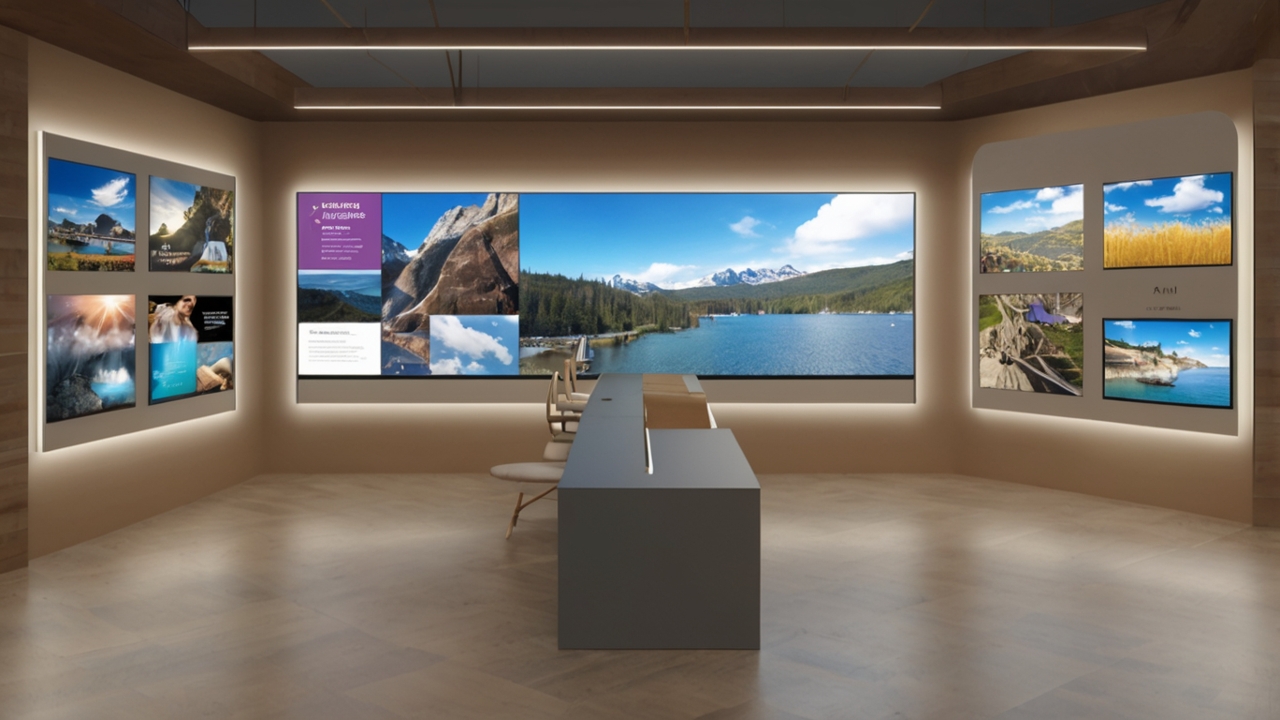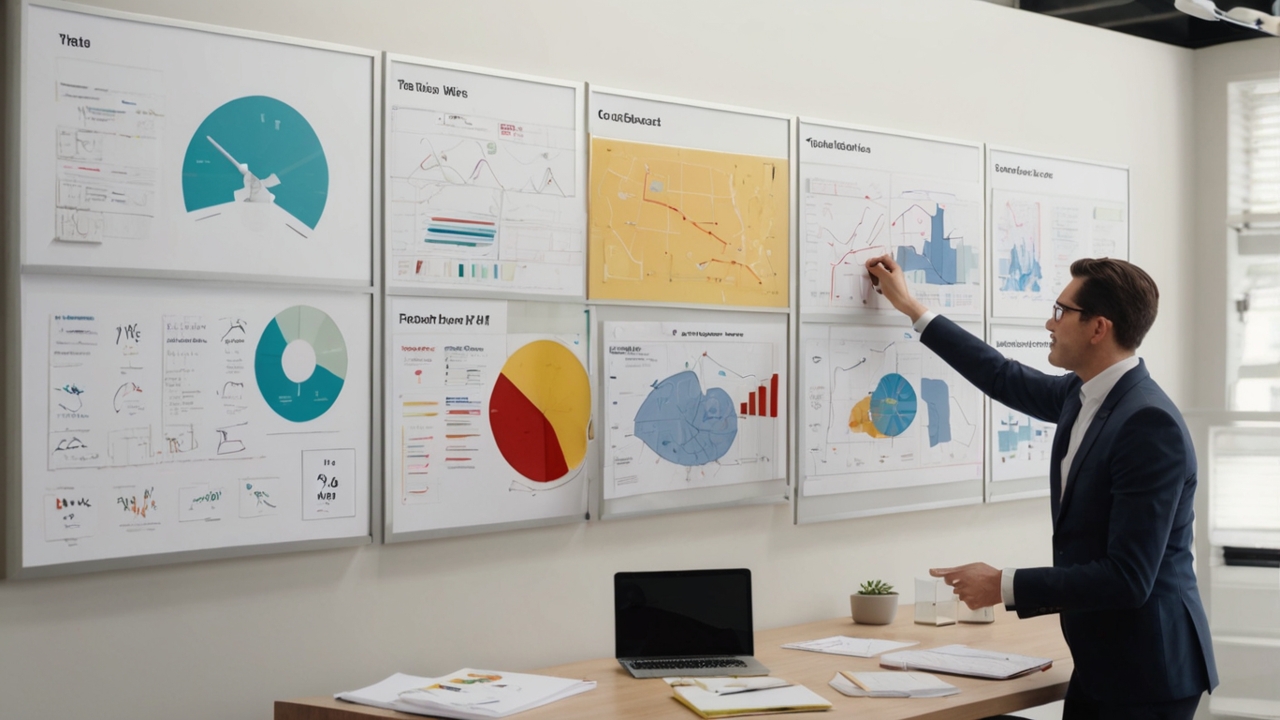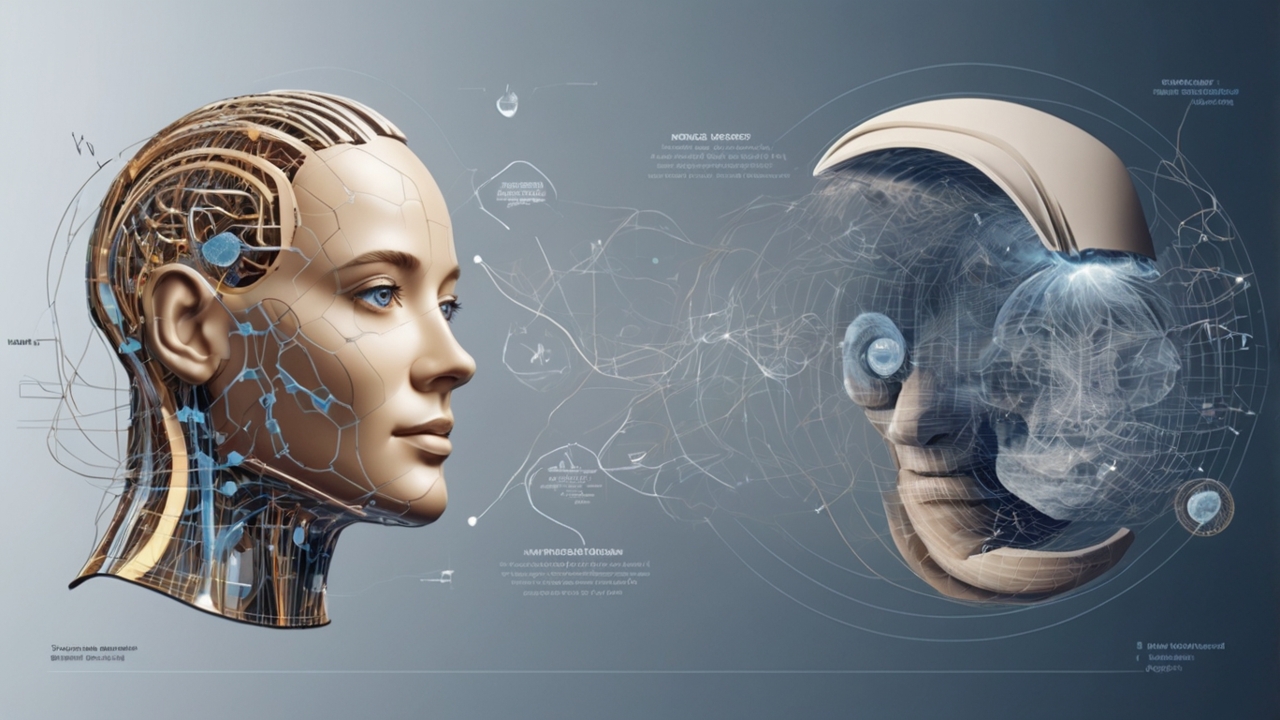Mayumiotero – LiDAR technology is revolutionizing how we perceive and interact with our surroundings. With its ability to generate highly precise 3D maps in real time, LiDAR offers a new dimension of spatial understanding. As the world becomes more data-driven, this technology is paving the way for smarter systems and better decision-making.
What Is LiDAR and How Does It Work?
LiDAR stands for Light Detection and Ranging. It uses laser pulses to measure distances between objects. Here’s how it works: the system emits a beam of light, which hits an object and reflects back to the sensor. By measuring the time it takes for the light to return, LiDAR calculates the exact distance. This method delivers stunning accuracy, especially in complex environments.
“Read more: Digital Sabbatical: A Guide to Scheduled Tech-Free Time“
A Brief History of LiDAR Technology
Initially, LiDAR served military and aerospace industries. Over time, it expanded into other sectors like archaeology, agriculture, and automotive engineering. Today, the technology has matured and become more accessible, thanks to innovations that have made it more compact and affordable.
Why LiDAR Outperforms Other Visual Technologies
Compared to traditional cameras or radar systems, LiDAR stands out. It provides superior spatial resolution and can operate in low-light or foggy conditions. While cameras rely on visible light, LiDAR uses laser pulses, allowing it to “see” through obstacles that would otherwise block vision-based systems.
LiDAR’s Role in Self-Driving Cars
Self-driving vehicles rely heavily on LiDAR to navigate safely. The system scans the environment in real time, producing a 3D model of roads, pedestrians, and other vehicles. Because of its reliability and precision, LiDAR helps autonomous systems react faster and more accurately than vision-only setups.
LiDAR in Mapping and Geospatial Applications
Geospatial experts use LiDAR to create high-resolution maps of terrains and urban areas. Governments, city planners, and engineers benefit greatly from this data. Whether it’s tracking changes in land elevation or designing infrastructure, LiDAR provides reliable, up-to-date insights.
LiDAR and Archaeological Discoveries
One of the most exciting uses of LiDAR is in archaeology. Researchers have uncovered lost cities and ancient structures beneath dense forest canopies. These discoveries would have taken decades using traditional methods. Thanks to LiDAR, archaeologists can now map historical sites quickly and without excavation.
Modern Farming Gets a Boost from LiDAR
Precision agriculture is another field transformed by LiDAR. Farmers use the data to analyze crop health, soil conditions, and water distribution. As a result, they can make smarter decisions that lead to better yields and resource management.
Environmental Monitoring with LiDAR
Environmental scientists use LiDAR to study forests, coastlines, and wildlife habitats. For instance, it helps track deforestation and monitor erosion. With accurate data, conservation efforts become more targeted and effective, protecting ecosystems for future generations.
Smart Construction Powered by LiDAR
In construction and architecture, LiDAR enables the creation of detailed 3D building models. Engineers can plan and simulate projects before breaking ground. Moreover, LiDAR helps inspect infrastructure like bridges and roads, spotting issues early and reducing maintenance costs.
LiDAR in Your Pocket: Smartphone Integration
LiDAR is no longer limited to industrial tools. Today, premium smartphones come with built-in LiDAR sensors. These enhance AR applications, improve night photography, and assist with 3D scanning. Consequently, even everyday users can benefit from this cutting-edge tech.
Challenges LiDAR Must Overcome
Despite its many advantages, LiDAR faces a few hurdles. Cost remains a concern, although it’s gradually decreasing. Additionally, reflective and transparent surfaces can sometimes distort readings. Fortunately, engineers are actively developing solutions to improve performance and accuracy.
The Future of LiDAR in Daily Life
LiDAR’s future looks bright. From smart cities and autonomous drones to healthcare and logistics, its applications keep expanding. As the technology becomes more accessible, we’ll likely see it embedded in everything from household devices to city infrastructure.
Why LiDAR Is Vital in the Digital Age
In today’s data-centric world, accurate and real-time spatial information is crucial. LiDAR provides that precision. Whether you’re building a digital twin of a city or enhancing a navigation system, LiDAR brings clarity and confidence to your decisions.
LiDAR Is the New Eye of the Modern World
To sum up, LiDAR technology has evolved into one of the most impactful innovations of the 21st century. Its ability to see the world in 3D with unmatched accuracy is transforming industries, enhancing safety, and pushing the boundaries of what’s possible. As adoption spreads, LiDAR is set to become a vital part of our everyday lives—quietly guiding us from behind the scenes.



